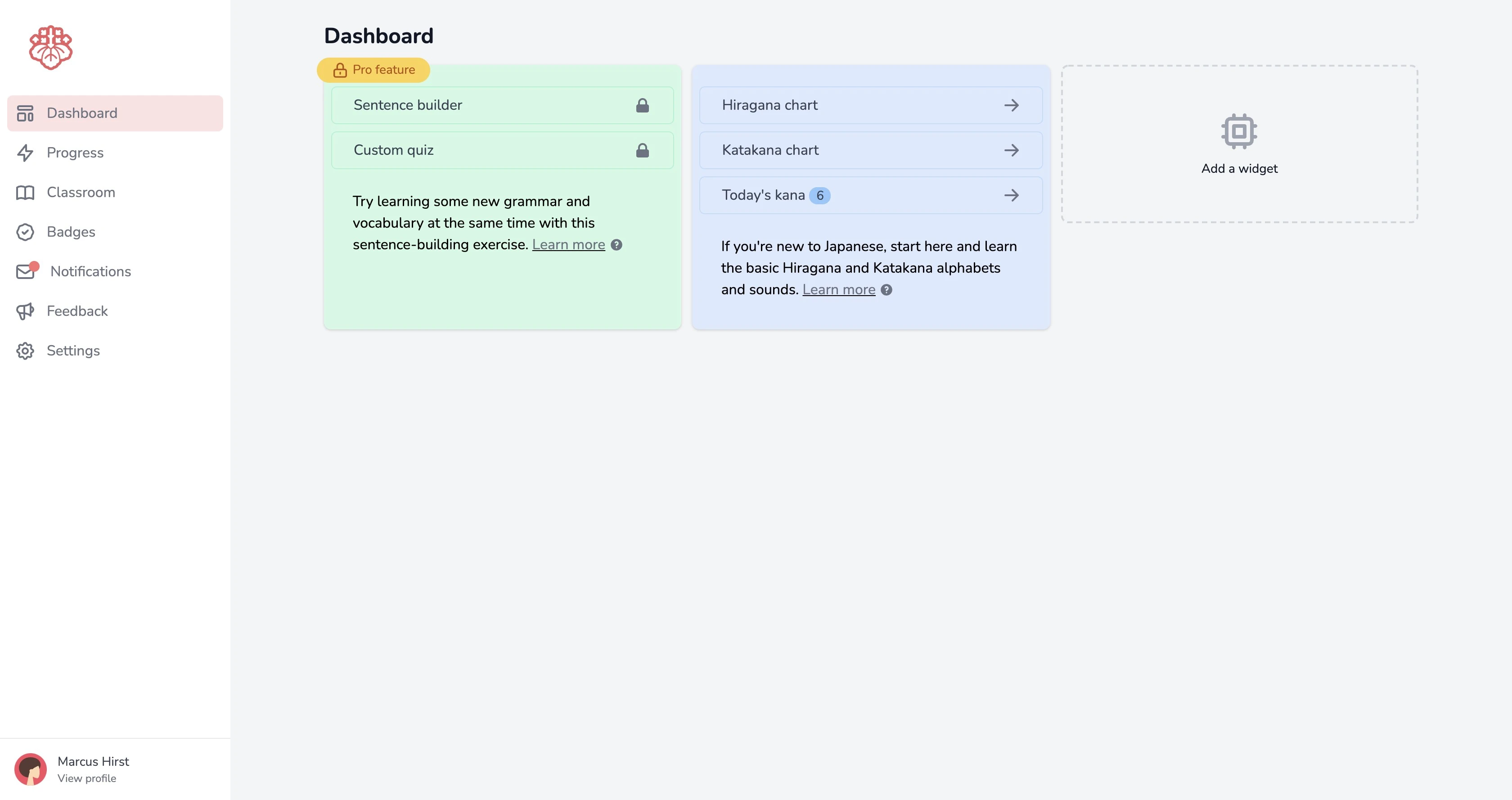Runtime: 5 min 11 sec · Uploaded Sat 16 April
Japanese Perfect Master: Lesson 4
Today we explore different objects and nouns, and ask someone to identify them for us. This is a good opportunity to learn new vocabulary and perhaps, if you find it useful, to start sticking post-it notes on items in your house with their Japanese names!
We also learn about possession with a new particle, the の particle. 私(わたし) の ○○○ です。means ‘That is my ○○○’. So, we know who the ○○○ belongs to.
0:10
Tom-san and Mike-san discuss the surrounding items. We learn a new question word どこ to ask ‘Where’ something is from. One other helpful word in this conversation is たぶん, which means ‘maybe’ or ‘probably’.
Tom-san and Mike-san also end some of their sentences with ですね。 Where the extra ‘ね’ here is a way to express agreement like: ‘I understand’. It’s not a formal expression or used when writing.
Activity ①
Pause the video after you hear the conversation a second time. See if you can understand the conversation, at 1:26
1. What item do Mark-san and Tom-san talk about first?
2. Where is it from?
3. Who does the bag probably belong to?
1:28
Ken-san and Bob-san have the same three conversations. Pay attention to the style and listen out for the new vocabulary.
Kevin-san uses ですよ。 At the end of his sentence. A bit like the extra ‘ね’, ‘よ’ here is used in agreement with Bob-san. They both think the book is 面白(おもしろ)い ‘interesting’. Again, you wouldn’t use the extra ね or よ when writing something since you can’t agree or understand something with your reader!
Activity ②
Pause the video after you hear the conversation a second time. See if you can understand the conversation at 2:37
1. Whose computer is it?
2. How much does the computer cost? (From Lesson 2!)
3. What kind of book is it?
4. Who does the book belong to?
2:38
Paul-san and James-san talk about something which belongs to Matthew. In the second half of the conversation practice, we clean back into asking the price for things from Lesson 2. A helpful phrase here is そうですか。 Which (confusingly) isn’t asking a question directly, it’s an expression ‘Is that so?’ which is a conversation filler.
Activity ③
Pause the video after you hear the conversation a second time. See if you can understand the conversation at 3:47
1. What item belongs to Matthew-san?
2. Where is that item from?
3. How much does the cake cost?
4:04
Activity ④
Congratulations! You’ve made it through the video. Can you answer these questions with あらた-san, the narrator? Pick a random object, but something you know the word for to use as a point of discussion. You’ll be asked what it is, who it belongs to, where it is from and how much it costs.
Was this article helpful?
Want to learn even more? Start your free Pro trial today.
You learn or relearn even faster and become more confident with a small time investment each day.
Start your free trial


